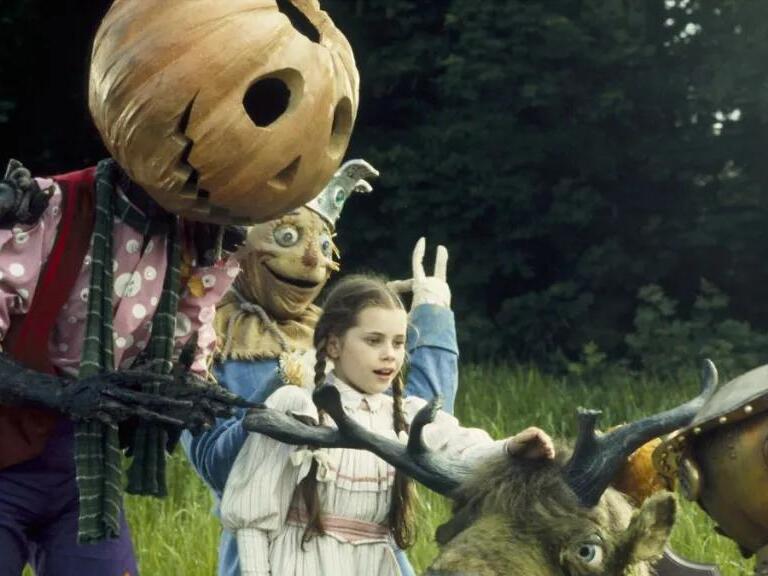Physical Address
304 North Cardinal St.
Dorchester Center, MA 02124
Physical Address
304 North Cardinal St.
Dorchester Center, MA 02124

Return to Oz might have been the sequel no one was anticipating, but it didn’t fail to capture the attention of moviegoers nationwide. Released 46 years after the original film The Wizard of Oz, this version follows Dorothy as she returns to Oz to find it in ruins. She must join forces with old and new friends to restore the magical land to its former glory.
The film is the third follow-up to The Wizard of Oz, following the 1972 animated feature Journey Back to Oz and the 1978 film The Wiz, inspired by the Broadway musical. Despite all three failing at the box office, the creators of Return to Oz made a valiant effort, as evidenced by these six behind-the-scenes facts.
The plot might seem outlandish, but it draws heavily from L. Frank Baum’s second and third Oz books, The Marvelous Land of Oz and Ozma of Oz. These novels introduce characters like Jack Pumpkinhead, Mombi, Billina, the Wheelers, Tik Tok, and the Nome King. Some creative elements in the movie, such as a princess with interchangeable heads, a flying sofa, and Mombi’s powder of life, also originate from these books.
Released in 1985, Return to Oz made Disney history by being the first film to utilize the iconic logo featuring a rainbow arching over a blue castle. This logo has since become a hallmark in Disney’s movie intros.
Interestingly, Dorothy’s ruby slippers, an iconic element, weren’t in the original book. Metro-Goldwyn-Mayer (MGM) introduced them in their 1939 film adaptation, changing their color from silver to red to showcase the new Technicolor technology. Disney had to pay MGM royalties to use the slippers in Return to Oz. However, Fairuza Balk, who played Dorothy, got to keep a pair after filming concluded.
Director Walter Murch faced a significant challenge one week into filming when Disney decided to fire him. Murch called upon director/producers Francis Ford Coppola, Steven Spielberg, and George Lucas for support. Lucas even offered to step in if Disney found Murch inadequate. Though Disney rehired Murch, the film received a limited promotion budget and a short in-theater release. Notably, this was the only film Murch directed. Lucas’ set visits led to a collaboration with producer Rick McCallum on the Star Wars prequels.
Jack Pumpkinhead, despite his eerie appearance, provided inspiration for Tim Burton’s character Jack Skellington in The Nightmare Before Christmas (1993). Fans can indeed see the resemblance between the two characters.
The cameos in Return to Oz weren’t always part of the original plan. The writers initially wanted the Scarecrow, Tin Woodsman, and Cowardly Lion to have more significant roles. However, budget constraints resulted in their appearances being significantly reduced. None of the original main cast from The Wizard of Oz reprised their roles for these cameos. Only Ray Bolger (the Scarecrow) and Pat Walshe (the lead flying monkey) were alive when this film was released. Margaret Hamilton (the Wicked Witch of the West) was alive during production but sadly passed away a month before the premiere.
Source: Movie Stills DB